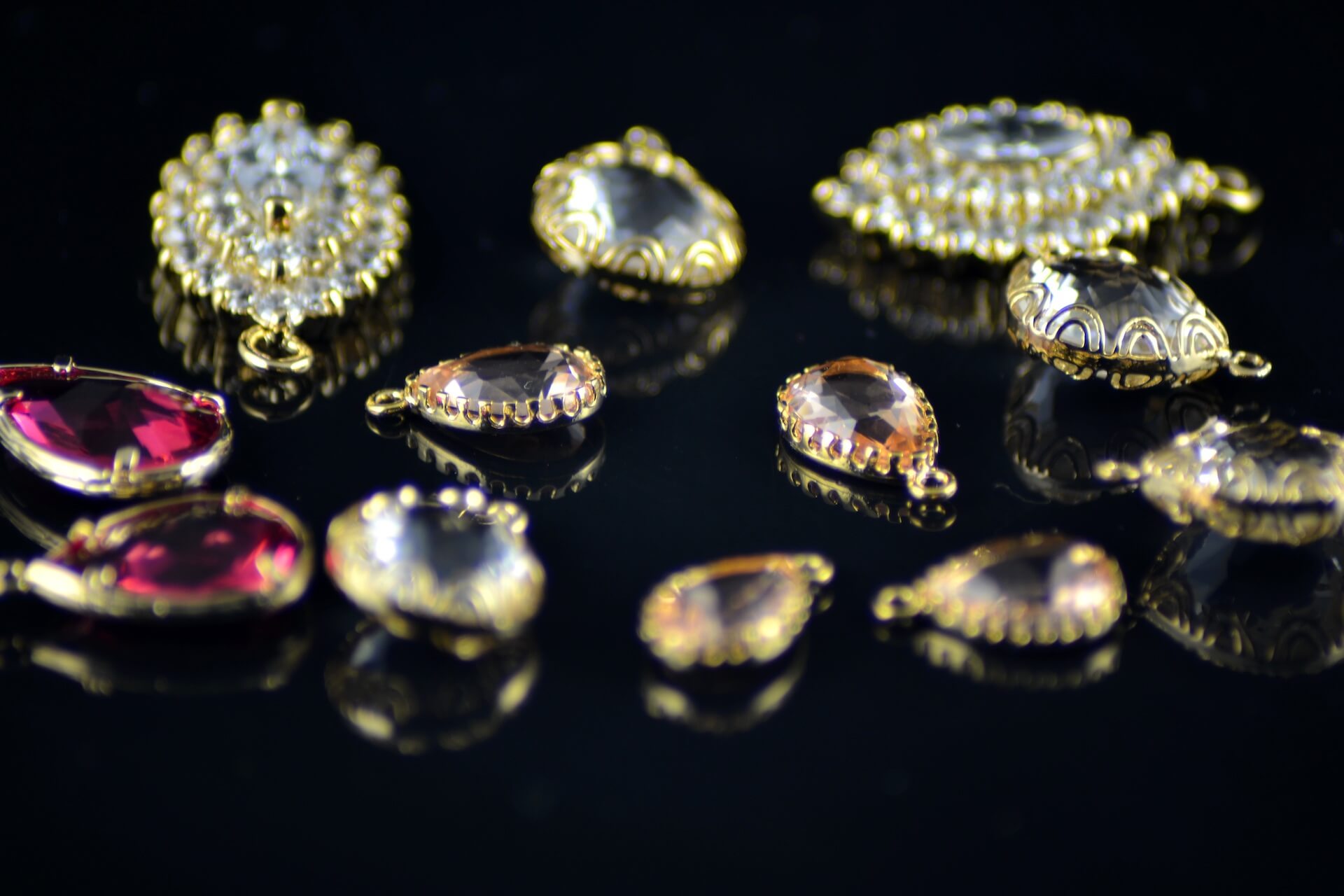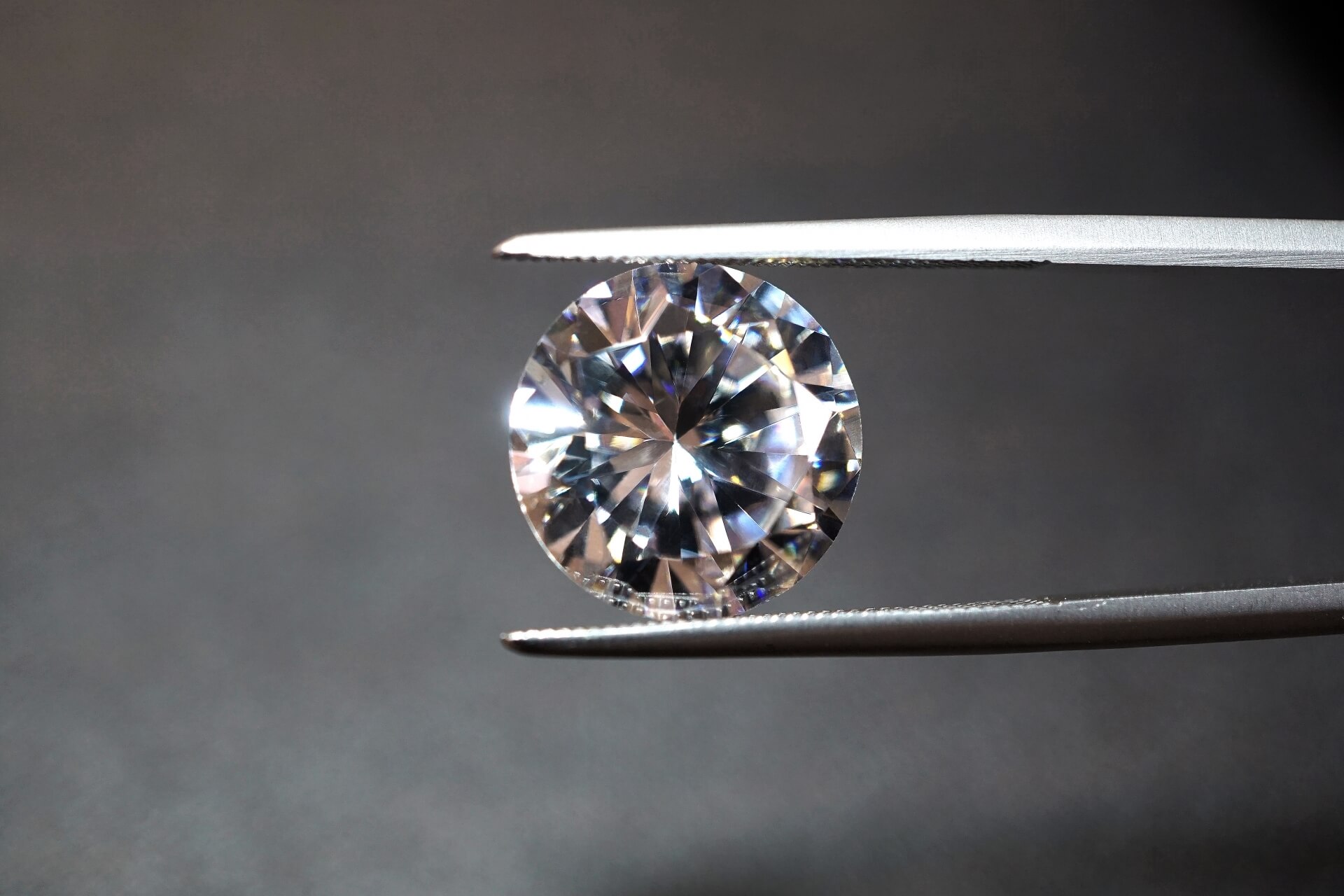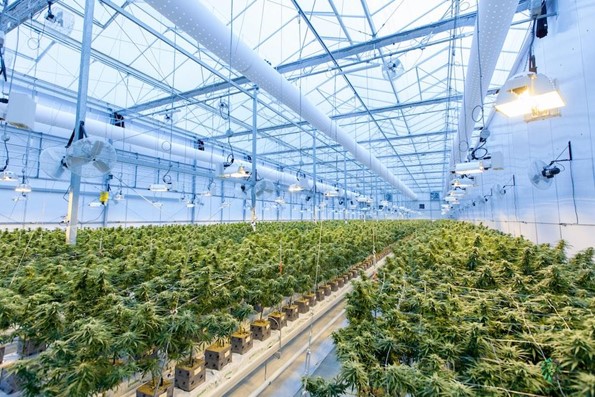How Lab-Grown Gemstones Are Transforming the Jewellery Industry

Mined gemstones have been with us for centuries, and mining has always been a glorified act – until lab-grown gemstones surfaced. While mined gemstones are firmly embedded in our culture, the lab-grown gemstone industry also continues to hit a steady rise. The market is projected to become a multi-million-dollar industry by 2028. It may not seem like it yet, but lab-manufactured gemstones are already on a journey to displace natural gemstones.
What are Lab-Grown Gemstones?
A lab-grown gemstone is essentially a gemstone that is manufactured in a laboratory rather than mined from under the earth, so we could have lab-grown diamonds, emeralds, rubies, or sapphires. These days, it is becoming more and more possible to manufacture gemstone in the laboratory in only a matter of weeks.
Many may be predisposed to thinking gemstones manufactured in the lab are fake, but that is really not the case. Lab-grown gemstones like the ones from BIRON® Gems have the same optical, chemical, and physical properties as their mined or natural counterparts. They are made from the same elements and do not contain additives or substandard materials. The only difference is how they are sourced, making lab-grown gemstones more ethical. And that raises the question: how are lab-manufactured gemstones more ethical than natural ones? Examining the problems associated with mining gemstones will reveal this.
What are the Issues with Mined Gemstones?
Although gemstone mining is done by a few recognized large corporations who put strict standards in place to ensure people and environment safety, thousands of other small-scale miners are unrecognized and carry out mining using unethical practices. Most of the gemstones mined for jewellery come from these small-scale miners, and their working conditions have been giving a lot of concern. Miners like this incorporate child and family labour, with most miners earning less than a dollar in one day, despite the high-profit end in most gemstone sales.
On the other hand, there is the high probability of accidents occurring in unregulated and poorly designed mines. Because these mines are cheaply built, they stand the risk of collapsing on miners, inducing landslides or causing equipment injuries. Besides, the conditions in which mining is done expose workers to several health conditions aside from work accidents.
At other times, there are land conflicts and the tussle for controlling power over mining areas. This frequently exposes women and children (the most small-scale miners) to rape, torture, and other kinds of violence. Yet there are more of these dangers.
In fact, the most concerns about mining have been with the negative environmental impacts. Landscape destruction and disfiguring, deforestation, erosion, water pollution, and high carbon emissions in mining areas, which all potentially attribute toward global warming. All of these issues are what laboratory production of gemstones seeks to reduce or totally eliminate.

How Large is the Lab-Grown Gemstone Industry?
It is no news that lab-grown gemstones are already trending. From advertisements on the media to blogs that write about them and celebrities that promote them as the next best thing happening to jewellery lovers. If you visit a jewellery shop today to request a certain kind of gemstone, you will most likely be presented with two types of it – a mined one and the lab-grown alternative. Of course, the lab-grown gem would be cheaper even though it is essentially the same as the mined.
Since the past three to four decades ago, when they appeared, lab-grown gemstones have steadily gained acceptability. About six to seven million carats of lab-grown diamonds were manufactured in 2020. The manufactured diamond market constituted 7.5% of the diamond industry in 2021, as compared to just 3% in 2018. Lab-grown gemstones, in their various kinds, are used for manufacturing ethical jewellery.
There are diamond rings, ruby necklaces, emerald earrings, and sapphire bracelets – all manufactured from stones grown in the laboratory. Notably, these manufactured gemstones have made the wearing of jewellery cheaper and more guilt-free. It would also interest you to know that lab-grown gemstones are not serving the jewellery industry alone. In fact, when gemstones are mined, only a fraction of their percentage is used in making jewellery.
Most go into other industrial uses, including manufacturing electronics and cutting hard substances, in the case of diamonds. Lab-grown gemstones are now to the rescue. With innovations that have made their bulk production less capital intensive, gemstones can now be manufactured in huge proportions for industrial use.
Conclusion
We are not sure how fast the whole world will embrace lab-grown gemstones or if mined counterparts will soon become a thing to be forgotten. But we are confident that laboratory-grown diamonds have come to stay. For years, they would maintain an even competition with natural gemstones, and each one would be seen as an alternative to the other. Nevertheless, we will all come to realize that manufactured gemstones are playing a huge role in making our world a better place to live in.




















